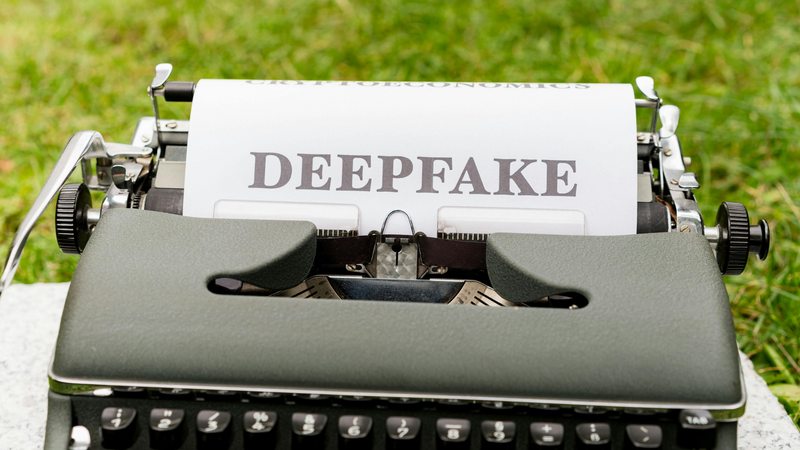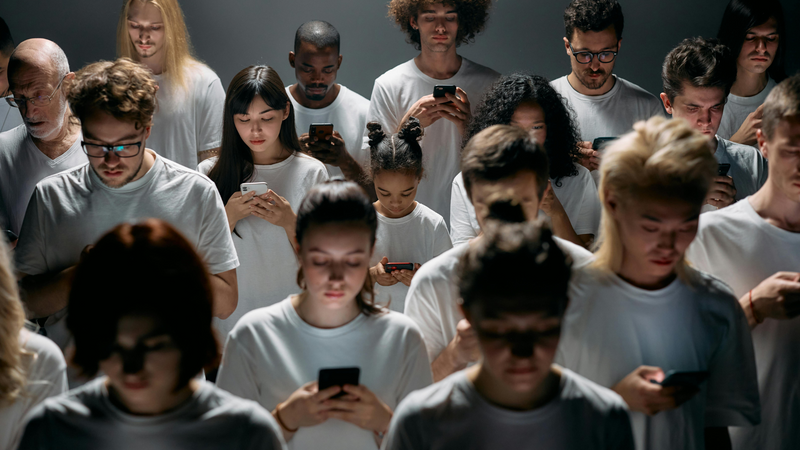Recognizing and dealing with deepfakes requires a mix of vigilance, technology, and practical skills. While deepfake technology is advancing, there are still telltale signs and useful tools that can help identify manipulated content. Here’s how individuals and businesses can stay a step ahead.
Practical tips for identifying deepfakes
Although deepfakes are designed to be as realistic as possible, many still reveal subtle flaws. Here’s what to watch for:
Unnatural facial movements. Often, deepfakes may display awkward or stiff facial expressions, as well as unusual blinking patterns.
Audio and lip sync issues. Pay attention to audio and lip movements; misalignment or robotic audio can be red flags.
Inconsistent lighting or shadows. AI can struggle with natural lighting dynamics. Uneven shadows or lighting may indicate a fake.
Skin tone and texture anomalies. Look closely for odd blurring, uneven skin texture, or unusual reflections on faces.
Emerging tools and technologies for deepfake detection
As the demand for deepfake detection grows, tech companies and researchers are developing tools to help. Here are a few noteworthy advancements:
AI-based detection tools: Tools like Microsoft’s Video Authenticator use algorithms to assess videos for manipulation indicators. It assigns a confidence score to each segment.
Blockchain for content verification: Some companies are experimenting with blockchain to create a transparent ledger of digital content’s origins in order to make it harder for fakes to pass as authentic.
Platform-level detection: Social media platforms are beginning to adopt detection algorithms to identify and label potential deepfakes. It would now be easier for users to recognize altered content.
Role of companies, journalists, and platforms in combating deepfakes
Beyond individual awareness, combating deepfakes is a collective responsibility. Here’s how different groups are stepping up:
Companies can prioritize transparency in their communications by providing clear sources and backing up claims.
Journalists play a major role in verifying content before it’s published by ensuring they’re not amplifying fake material.
Platforms like Facebook and YouTube have started integrating deepfake detection and labeling to help users better navigate content.
Deepfakes are here to stay, but we can make it harder for fakes to undermine trust by staying informed and implementing these strategies. The combination of detection tools, platform responsibility, and public awareness creates a multi-layered defense against the risks that deepfakes bring.





